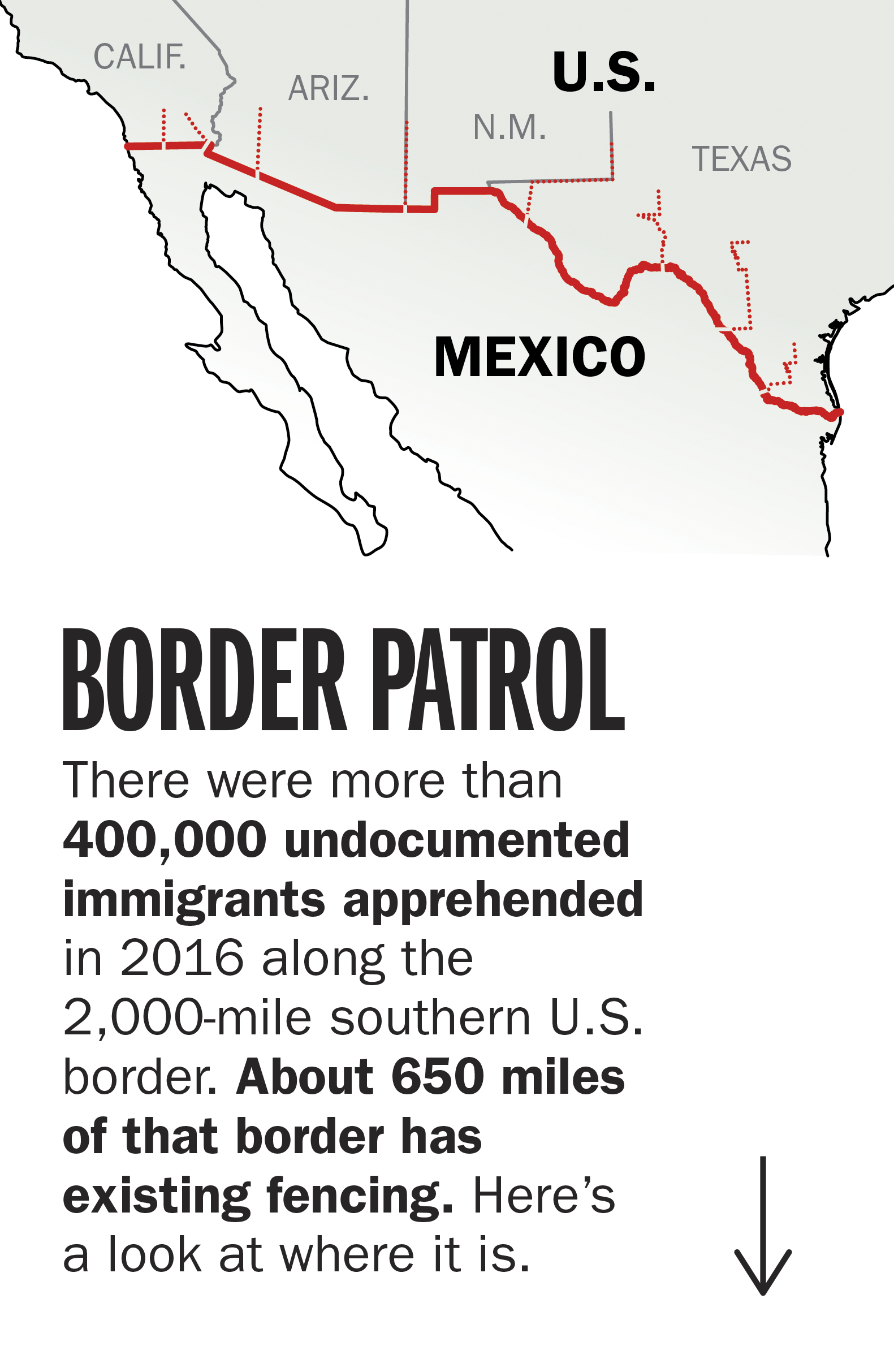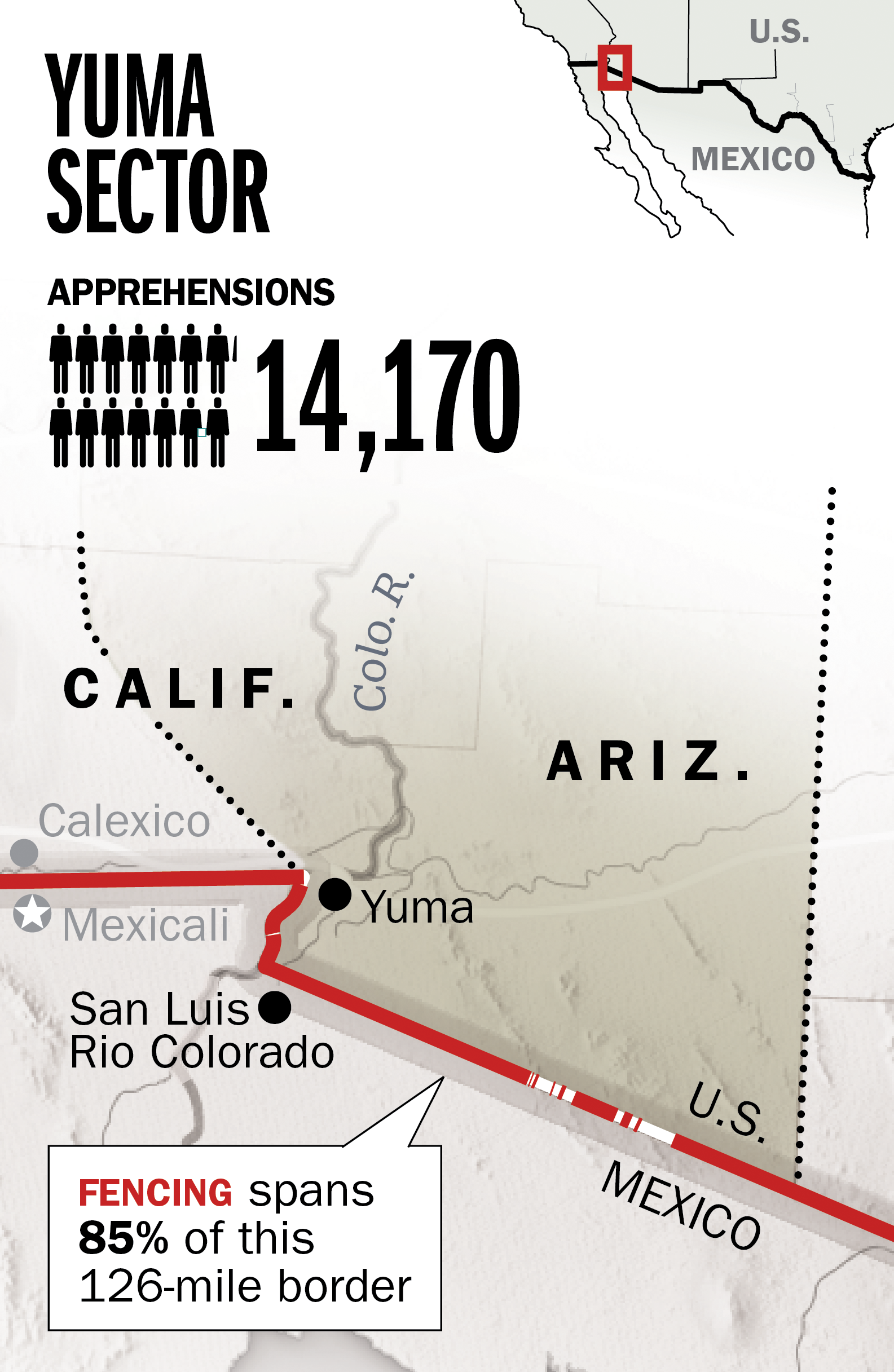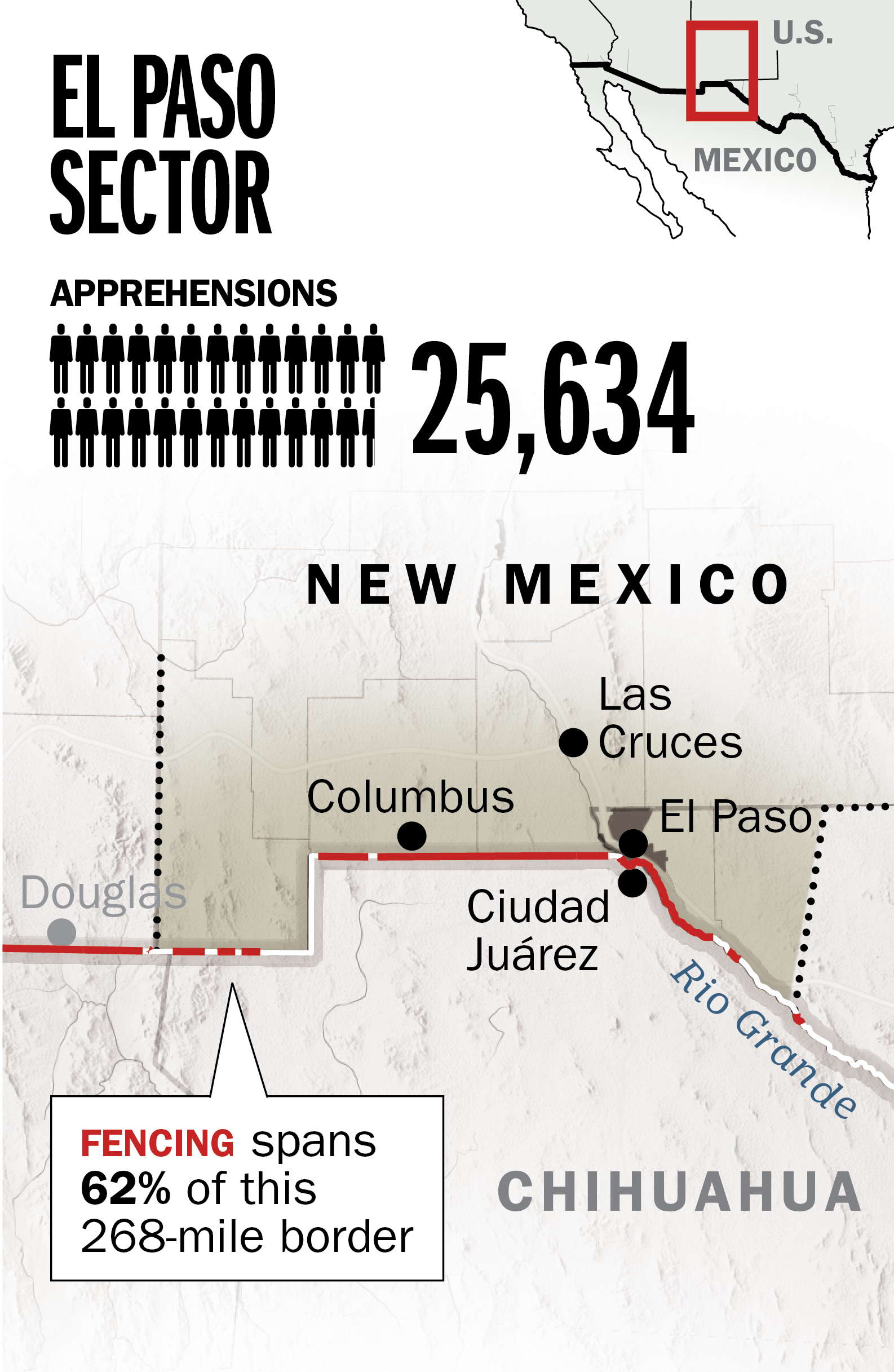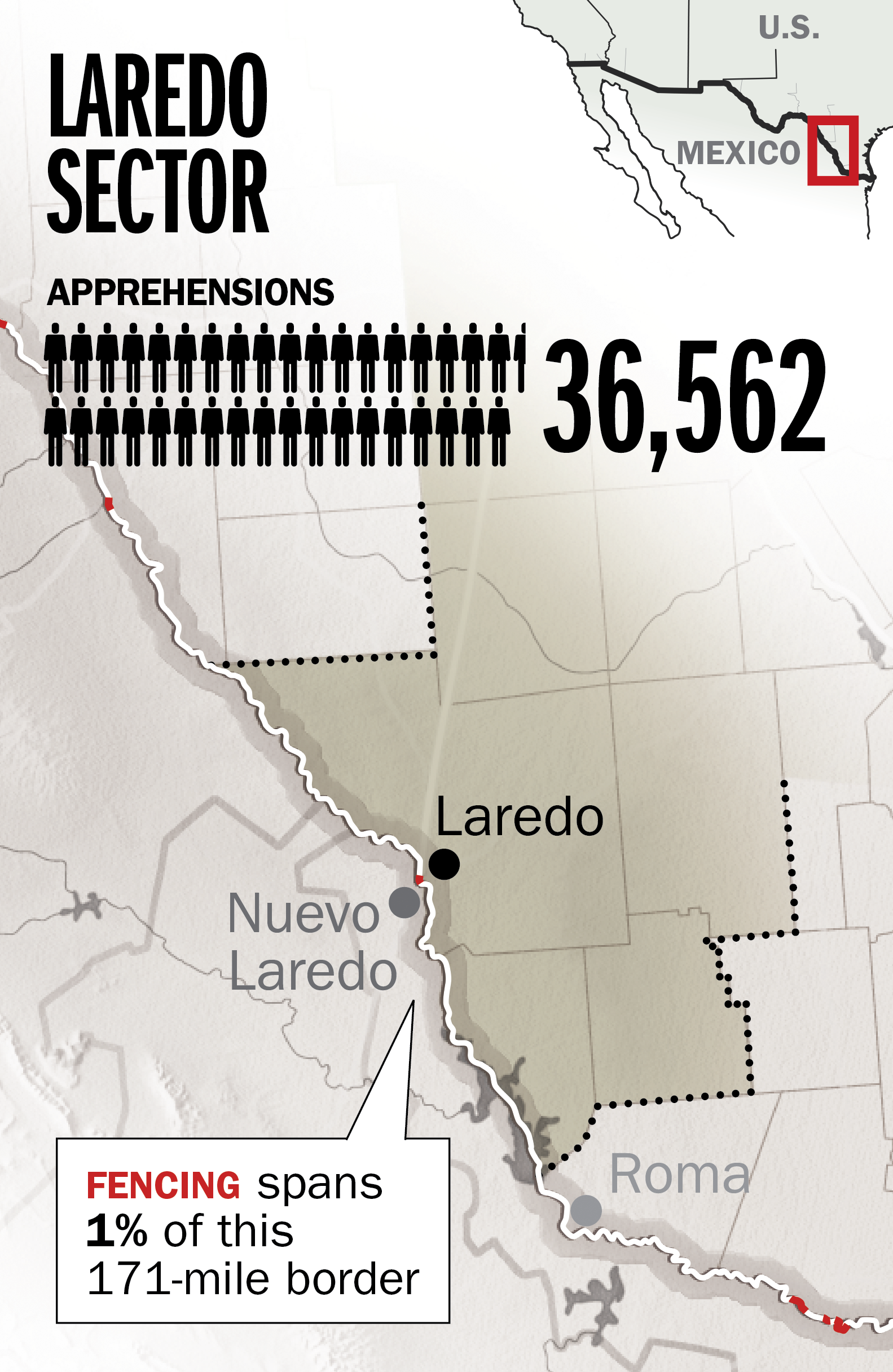The wall President Trump pledged to build on the Mexican border is inching closer to becoming reality — even if it may not resemble the one he promised on the campaign trail. While Congress didn’t allocate the funding Trump had requested to begin construction on the wall in his proposed federal budget, the plans are still moving forward in other ways. Companies recently submitted design concepts for the wall, which circulated online, and the Department of Homeland Security expects prototypes to be built this summer. To reinforce the Administration’s commitment, Attorney General Jeff Sessions visited the border in April to vow an immigration crackdown.
But much about the wall is still unknown — including how much of it will be a wall at all. A barrier stretching from coast to coast is “unlikely,” Homeland Security Secretary John Kelly said at a congressional hearing earlier this year. Such a wall would be incredibly expensive and difficult to construct, as it would need to traverse rough terrain, navigate the winding Rio Grande, cut through many privately owned properties — particularly in Texas — and divide tribal lands in Arizona. Instead, Homeland Security is expected to take a more piecemeal approach to construction.
But experts say that a wall, like the fences that are in place now, won’t deter immigrants who are already risking their lives to cross the border. “As soon as security is increased [in one place], it’s the balloon affect — you grab one area and the flow goes to another area,” says Jason De León, assistant professor of anthropology at the University of Michigan, who has conducted long-term studies of undocumented border crossings.
For instance, some migrants take the risk of crossing rough terrain like the Sonoran Desert, where fences are designed to block vehicles, not pedestrians. Thousands of migrants have died in the exposed conditions around the border crossing.
“They have nothing left to lose,” says Anna Ochoa O’Leary, associate professor and head of the Department of Mexican-American Studies at the University of Arizona. “They say, ‘We have no jobs, no prospects. We cannot feed our children. We either wait for death here or we confront it and hope we can cross to feed our families.'”
Scroll down to see the existing fencing in place at each of the border’s nine sections, and how many undocumented immigrants were apprehended by authorities in each one in 2016.










More Must-Reads From TIME
- The 100 Most Influential People of 2024
- Coco Gauff Is Playing for Herself Now
- Scenes From Pro-Palestinian Encampments Across U.S. Universities
- 6 Compliments That Land Every Time
- If You're Dating Right Now , You're Brave: Column
- The AI That Could Heal a Divided Internet
- Fallout Is a Brilliant Model for the Future of Video Game Adaptations
- Want Weekly Recs on What to Watch, Read, and More? Sign Up for Worth Your Time
Write to Lon Tweeten at lon.tweeten@time.com